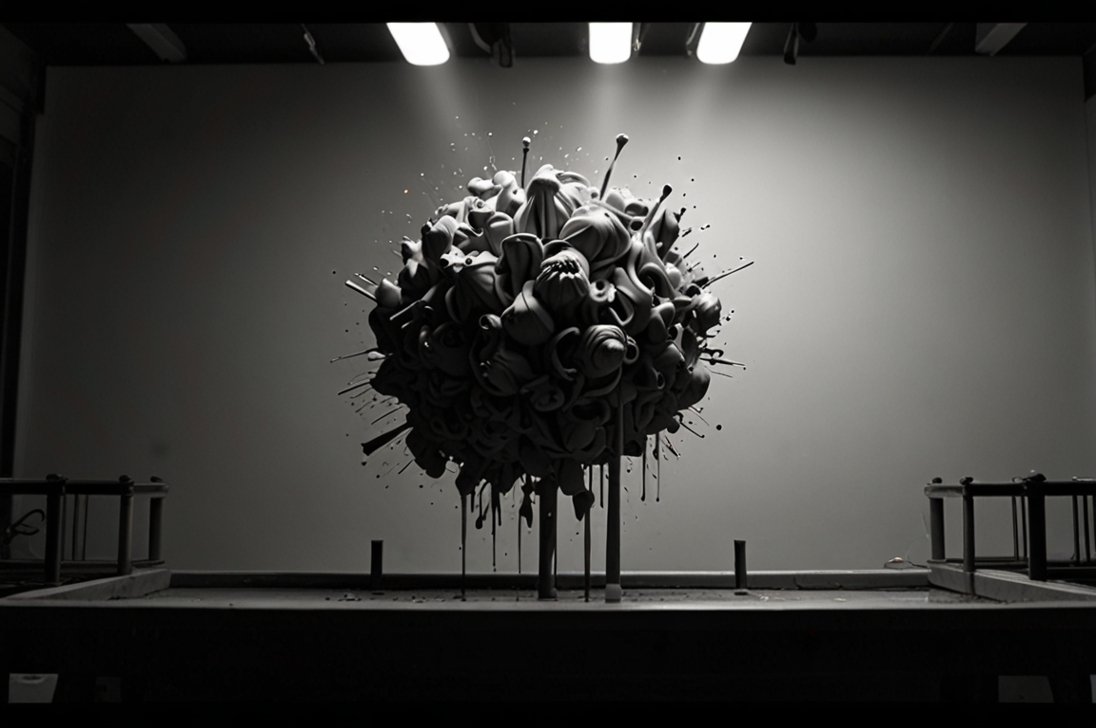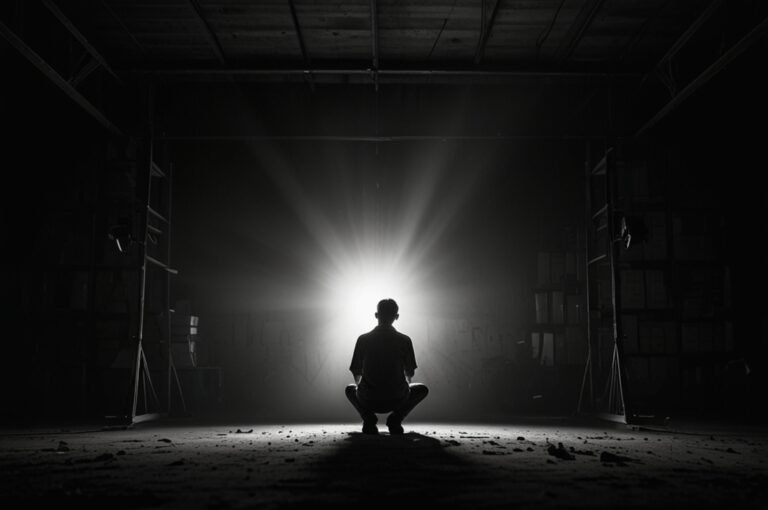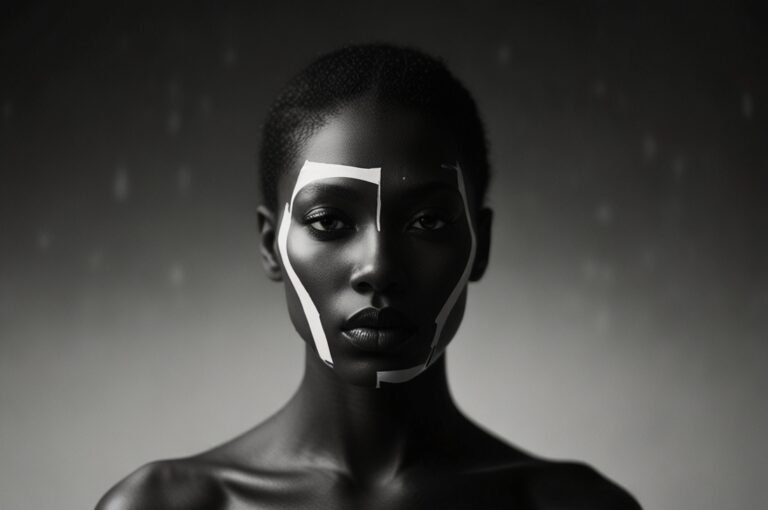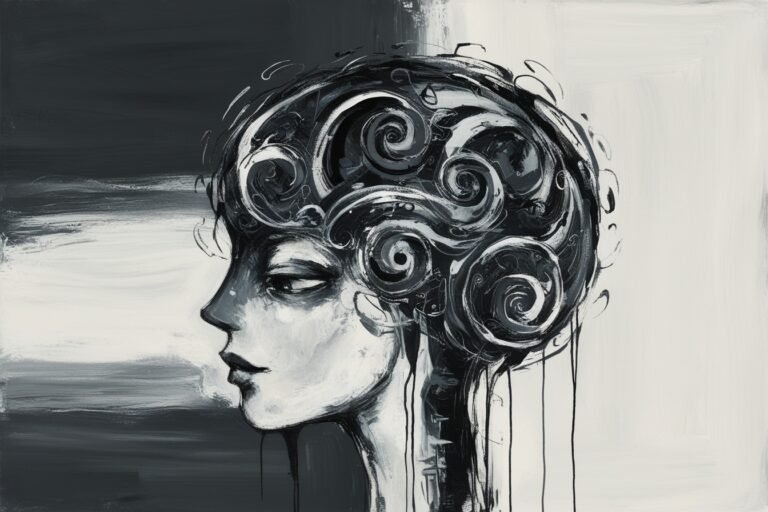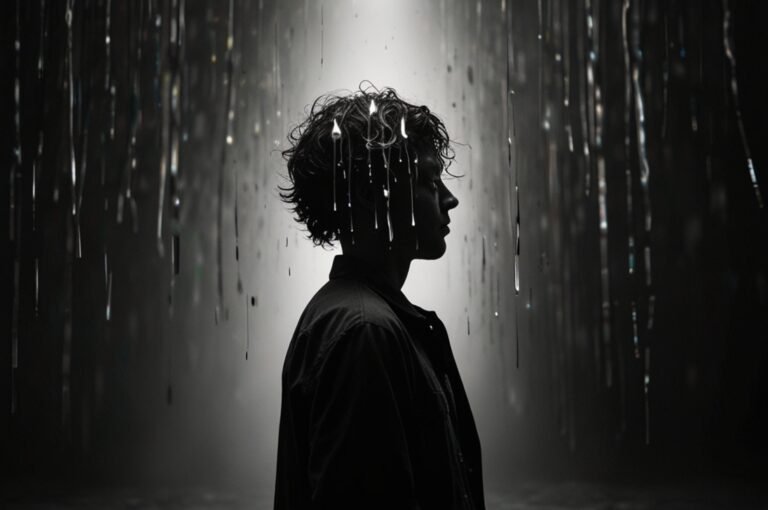Analyzing Famous Creative Thinkers: What Can We Learn from Their Routines?
The world has been shaped by the creativity of many remarkable individuals—artists, scientists, writers, and inventors whose contributions have inspired generations. People like Albert Einstein, Leonardo da Vinci, and Maya Angelou did not simply rely on raw talent; they each cultivated routines and habits that fostered their creative abilities. By understanding and analyzing the routines of these famous creative thinkers, we can extract valuable lessons that may inspire us to adopt similar practices and enhance our own creative output.
This exploration of creativity draws from both the daily routines and mindsets of renowned figures, focusing on how structure, discipline, and specific habits played a role in their creative successes. What can we learn from these individuals, and how can we implement these strategies in our own lives?
The Routines of Famous Creative Thinkers
1. Albert Einstein: The Power of Downtime and Simplicity
Albert Einstein is often regarded as one of the most brilliant minds of the 20th century. His theories changed the course of modern science, and his iconic image with his tousled hair and deep gaze is often associated with genius. However, Einstein’s creativity wasn’t just a result of sheer intelligence; it was influenced by the way he lived his life.
- Embracing Simplicity: Einstein led a relatively simple lifestyle. He often wore similar clothing every day, reportedly to minimize decision fatigue. This practice resonates with the concept of reducing unnecessary choices to conserve mental energy for more important creative work. By simplifying day-to-day decisions, Einstein was able to channel more of his energy into his scientific endeavors.
- Regular Walks: Einstein famously enjoyed long walks, especially while working at Princeton. These walks allowed his mind to wander freely, facilitating mind-wandering and engagement with the Default Mode Network (DMN), which is crucial for creative thought. Walking is often cited as an effective way to stimulate creativity, and studies have shown that walking can lead to enhanced divergent thinking—the ability to generate new ideas.
- Daydreaming and Downtime: Einstein valued downtime, and he frequently allowed his mind to wander. He believed that some of his best ideas came during moments of relaxation. He often played the violin to take his mind off his work, and this musical engagement allowed him to approach complex problems from new angles. This balance of focused work and rest is key to maintaining creative productivity.
Takeaway: Simplicity and the incorporation of downtime can help foster creativity. By embracing activities like walking, playing music, or simply daydreaming, we allow our brains the freedom to form new connections and insights.
2. Leonardo da Vinci: Curiosity and Diverse Interests
Leonardo da Vinci is the epitome of the “Renaissance Man”—a person whose curiosity knows no bounds. Da Vinci was not only a painter, but also a scientist, inventor, engineer, and more. His diverse interests and unquenchable curiosity were central to his creative genius.
- Obsessive Curiosity: Leonardo’s notebooks reveal a mind that was ceaselessly curious about the world around him. He filled his notebooks with questions such as “Why is the sky blue?” and “How do birds fly?” This constant questioning is a hallmark of creativity, driving individuals to look beyond the obvious and explore hidden layers of knowledge. Embracing curiosity is a critical practice for enhancing creativity—it prompts us to dig deeper, seek new perspectives, and challenge our assumptions.
- Note-Taking and Sketching: Leonardo was a prolific note-taker. He always carried a notebook, where he would write observations, draw sketches, and jot down ideas. This habit of externalizing thoughts allows for the continuous flow of creativity. It also helps individuals capture fleeting insights before they are forgotten. The act of sketching ideas, even if they seem irrelevant at the moment, can lead to breakthroughs later on.
- Diverse Interests: Leonardo believed in cross-pollination of ideas from different fields. His knowledge of anatomy informed his paintings, and his engineering skills influenced his art. This multidisciplinary approach allowed him to create works that were not only beautiful but also technically advanced. For modern creatives, expanding knowledge into diverse fields can lead to richer, more innovative ideas.
Takeaway: Cultivating an insatiable curiosity and embracing diverse interests can enrich your creative output. Keep a notebook for ideas, questions, and sketches, and allow your creativity to benefit from the intersections between different areas of knowledge.
3. Maya Angelou: Structure and Discipline in Creative Work
Maya Angelou, the renowned poet, memoirist, and civil rights activist, was known for her discipline and structured approach to writing. While creativity is often seen as something spontaneous, Angelou’s approach shows the value of routine in generating meaningful creative work.
- Writing Routine: Angelou had a highly structured routine. She would rent a hotel room, free of distractions, and write for several hours each morning. She often began her day at 7:00 AM and wrote until the early afternoon. This separation of workspace from home allowed her to focus solely on her writing, creating a clear distinction between her creative work and personal life.
- Embracing Rituals: Angelou’s creative process also involved certain rituals. She would bring a Bible, a thesaurus, and a bottle of sherry to her writing space. Rituals can help signal the brain that it’s time to focus, thereby enhancing productivity. For Angelou, these rituals were a way of creating an environment conducive to creativity.
- Pushing Through Challenges: Angelou was candid about the challenges of writing, often expressing her struggle with self-doubt. However, her routine ensured that she showed up to work every day, regardless of whether or not she felt inspired. This perseverance is crucial for creatives, as it emphasizes the importance of consistency over waiting for inspiration to strike.
Takeaway: Establishing a structured routine and embracing rituals can help foster creativity by providing a conducive environment for focused work. Showing up every day, even when inspiration is lacking, is key to achieving meaningful creative output.
4. Salvador Dalí: Tapping Into the Subconscious
Salvador Dalí, the famous surrealist painter, was known for his bizarre and dreamlike imagery. Dalí’s creativity was heavily influenced by his exploration of the subconscious mind, and he developed unique techniques to tap into his unconscious thoughts.
- The “Slumber with a Key” Technique: Dalí often used a technique he called “slumber with a key.” He would sit in a chair holding a key between his fingers, with a plate positioned on the floor beneath his hand. As he drifted into sleep, the key would slip from his fingers, fall onto the plate, and wake him up. In this hypnagogic state—the transition between wakefulness and sleep—Dalí experienced vivid, surreal imagery that he would then incorporate into his work. This state is known for its rich creative potential, as the mind is free from the constraints of logic and can explore abstract ideas.
- Embracing Eccentricity: Dalí was unapologetically eccentric, both in his art and his personal life. His willingness to embrace the bizarre and unconventional allowed him to explore ideas that others might shy away from. For creatives, embracing one’s unique perspective and allowing for unconventional thinking can lead to groundbreaking ideas.
Takeaway: Experimenting with altered states of consciousness, such as the hypnagogic state, can help tap into the subconscious mind and unlock creative insights. Embracing eccentricity and being open to unconventional ideas can also pave the way for innovative thinking.
5. Nikola Tesla: Visualization and Mental Rehearsal
Nikola Tesla, the inventor and electrical engineer, was known for his remarkable ability to visualize complex devices in his mind before building them. Tesla’s creative process highlights the power of visualization and mental rehearsal in bringing ideas to life.
- Mental Visualization: Tesla claimed that he could construct and test entire machines in his mind, making adjustments as needed before physically building anything. This ability to visualize ideas in detail allowed him to work efficiently and solve problems without wasting resources. Visualization is a powerful tool for creativity, as it enables individuals to explore different possibilities and foresee potential challenges before they arise.
- Solitude and Reflection: Tesla valued solitude and often worked late into the night, free from distractions. He believed that moments of solitude were essential for generating creative ideas. This practice aligns with the idea that creativity often requires uninterrupted time for deep reflection and exploration of ideas.
Takeaway: Practicing mental visualization can enhance creativity by allowing individuals to explore ideas in depth before committing them to reality. Creating opportunities for solitude and reflection can also provide the mental space needed for creative breakthroughs.
6. Frida Kahlo: Drawing from Personal Experience
Frida Kahlo, the iconic Mexican painter, drew heavily from her own life experiences, particularly her struggles with physical pain and emotional turmoil. Kahlo’s art is characterized by its raw emotion and vivid imagery, reflecting her ability to channel personal experiences into creative expression.
- Emotional Honesty: Kahlo’s work was deeply personal, often depicting her physical suffering and complex relationships. By embracing emotional honesty, Kahlo created art that resonated with audiences on a profound level. This willingness to be vulnerable is an important aspect of creativity, as it allows individuals to connect with others through shared human experiences.
- Turning Pain into Art: Kahlo used her art as a way to cope with her pain, transforming her struggles into something beautiful and meaningful. This process of catharsis is a powerful aspect of creativity, enabling individuals to process difficult emotions and find meaning in their experiences.
Takeaway: Drawing from personal experiences and embracing emotional honesty can lead to powerful creative work. Transforming pain into art can be a therapeutic and meaningful way to channel emotions into something productive.
Common Themes and Lessons from Famous Creative Routines
Analyzing the routines of famous creative thinkers reveals several common themes that can serve as valuable lessons for enhancing creativity:
- Consistency and Routine: Many creative individuals, such as Maya Angelou and Nikola Tesla, emphasized the importance of maintaining a consistent routine. This discipline creates a framework within which creativity can flourish. By setting aside dedicated time for creative work, we can ensure that we are consistently engaging with our craft.
- Embracing Downtime and Mind-Wandering: Figures like Albert Einstein and Salvador Dalí understood the value of downtime and mind-wandering. Allowing the mind to relax and wander freely can lead to unexpected insights and connections, fostering creative thinking.
- Curiosity and Diverse Interests: Leonardo da Vinci’s insatiable curiosity and exploration of diverse fields highlight the importance of being open to new experiences and knowledge. Creativity often thrives at the intersection of different domains, and embracing a wide range of interests can lead to richer, more innovative ideas.
- Emotional Honesty and Vulnerability: Frida Kahlo’s work demonstrates the power of emotional honesty in creative expression. By being willing to explore and share our own vulnerabilities, we can create work that resonates with others on a deeper level.
- Visualization and Mental Rehearsal: Nikola Tesla’s use of visualization to mentally construct his inventions underscores the power of mental rehearsal in the creative process. Visualization allows us to explore ideas, solve problems, and foresee potential challenges before they arise.
- Environment and Rituals: The environments in which creative individuals work, as well as the rituals they adopt, play a significant role in their creative process. Maya Angelou’s use of a dedicated writing space and specific rituals helped her focus on her work. Creating an environment that is conducive to creativity and developing personal rituals can enhance focus and productivity.
How to Apply These Lessons to Your Own Life
While the routines of famous creative thinkers may seem unique to their individual personalities and circumstances, there are several practical ways to apply these lessons to your own life:
- Establish a Creative Routine: Set aside dedicated time each day or week for creative work. Whether it’s writing, painting, brainstorming, or any other creative endeavor, consistency is key. Find a time that works best for you and make it a non-negotiable part of your schedule.
- Create a Conducive Environment: Designate a space for creative work that is free from distractions. Personalize it with items that inspire you, whether it’s artwork, books, or music. Consider incorporating rituals, such as lighting a candle or playing a specific piece of music, to signal the start of your creative time.
- Embrace Downtime: Allow yourself time to relax and let your mind wander. Engage in activities like walking, gardening, or even daydreaming. These moments of downtime are essential for allowing your brain to form new connections and generate creative ideas.
- Cultivate Curiosity: Make a habit of asking questions and seeking out new experiences. Read books on topics outside your area of expertise, attend lectures, or try a new hobby. The more you expose yourself to diverse ideas and experiences, the more material your brain has to work with when generating creative ideas.
- Practice Visualization: Use visualization techniques to mentally explore ideas before putting them into action. Whether you’re designing a project, solving a problem, or planning a creative endeavor, take time to imagine it in detail. This can help you identify potential challenges and refine your ideas before taking the next step.
- Draw from Personal Experience: Don’t be afraid to incorporate your own experiences and emotions into your creative work. Whether you’re writing a story, composing music, or creating visual art, drawing from your own life can add depth and authenticity to your work.
Conclusion: Learning from the Greats
The routines of famous creative thinkers like Albert Einstein, Leonardo da Vinci, Maya Angelou, Salvador Dalí, Nikola Tesla, and Frida Kahlo offer valuable insights into the nature of creativity. While each of these individuals had their own unique approach, common themes such as consistency, curiosity, emotional honesty, and the value of downtime emerge as key components of their creative processes.
By studying and emulating these habits, we can learn how to cultivate our own creativity, transforming it from a fleeting spark into a sustained practice. Whether you’re an artist, a scientist, a writer, or simply someone looking to bring more creativity into your everyday life, there is much to learn from the routines of those who came before us. Creativity is not an elusive gift reserved for the few—it’s a skill that can be nurtured, developed, and applied in countless ways to enrich our lives and the world around us.
